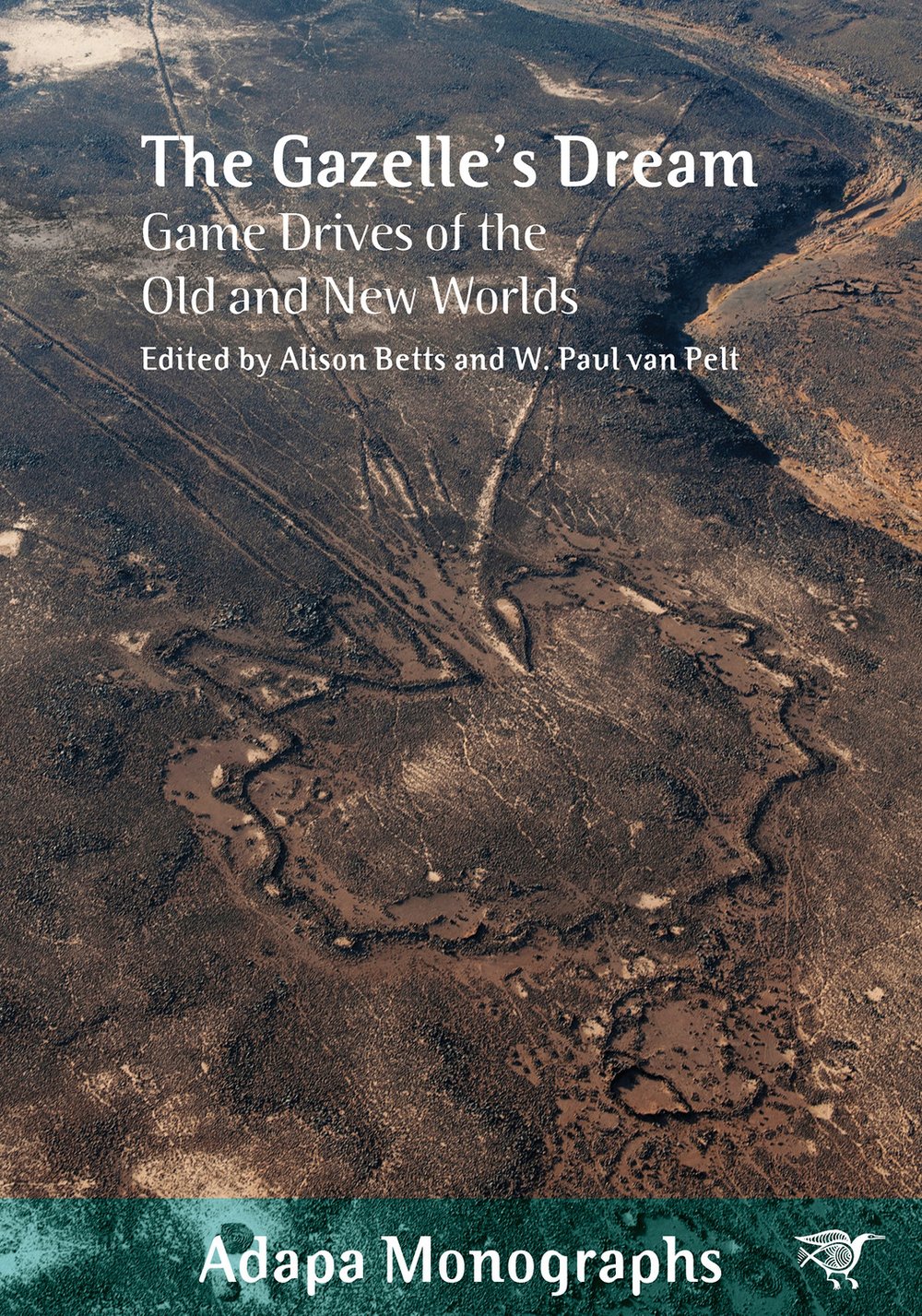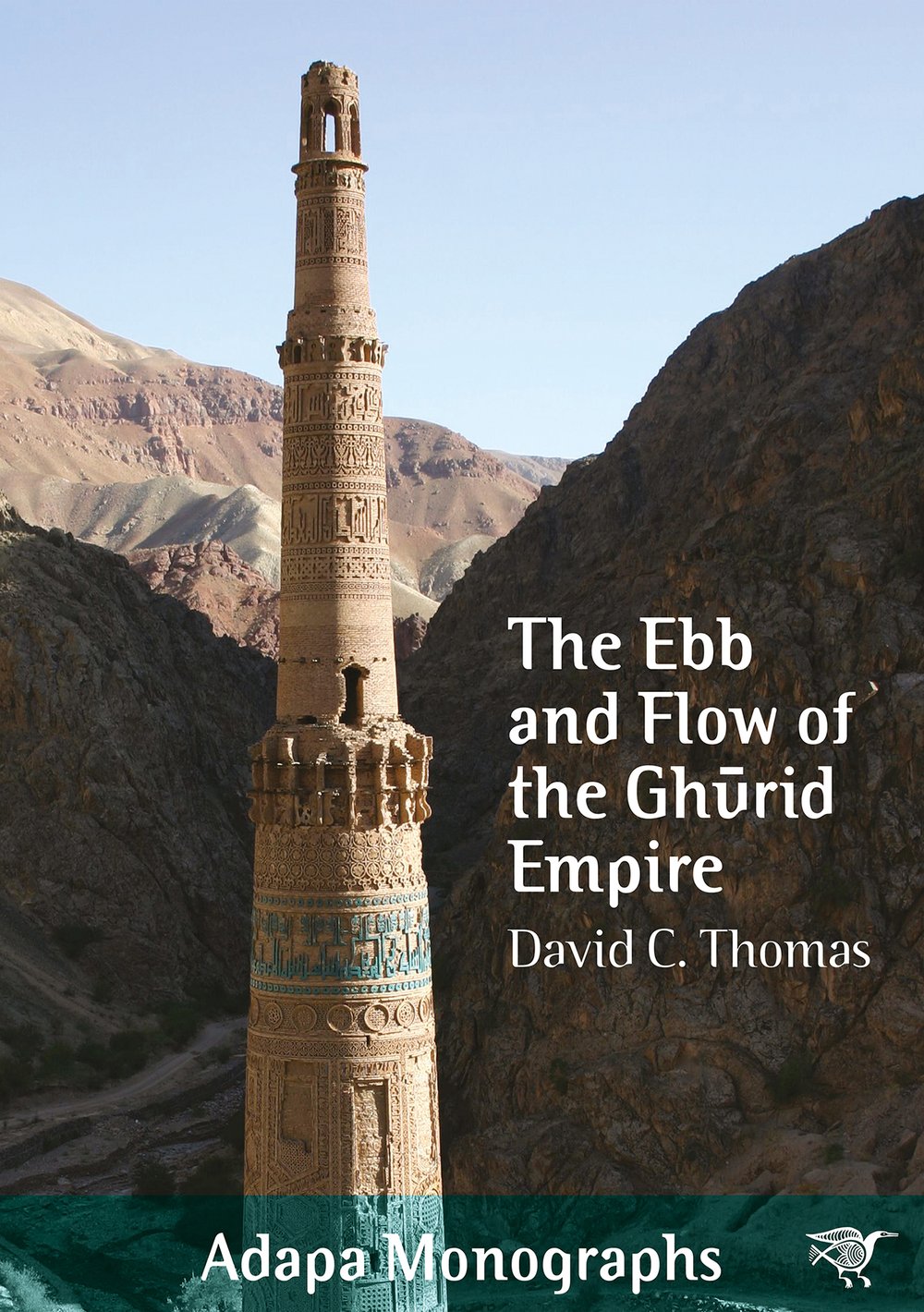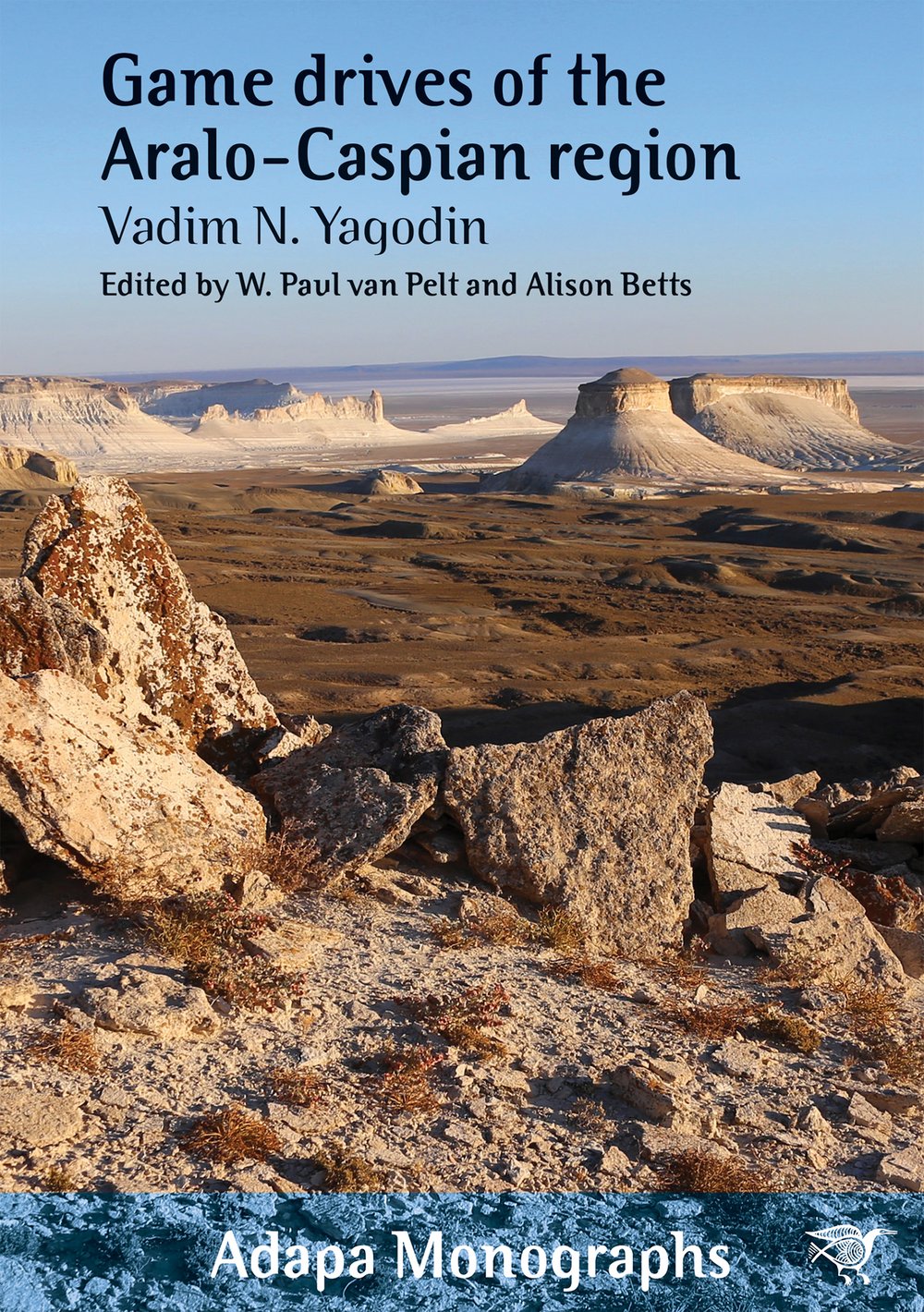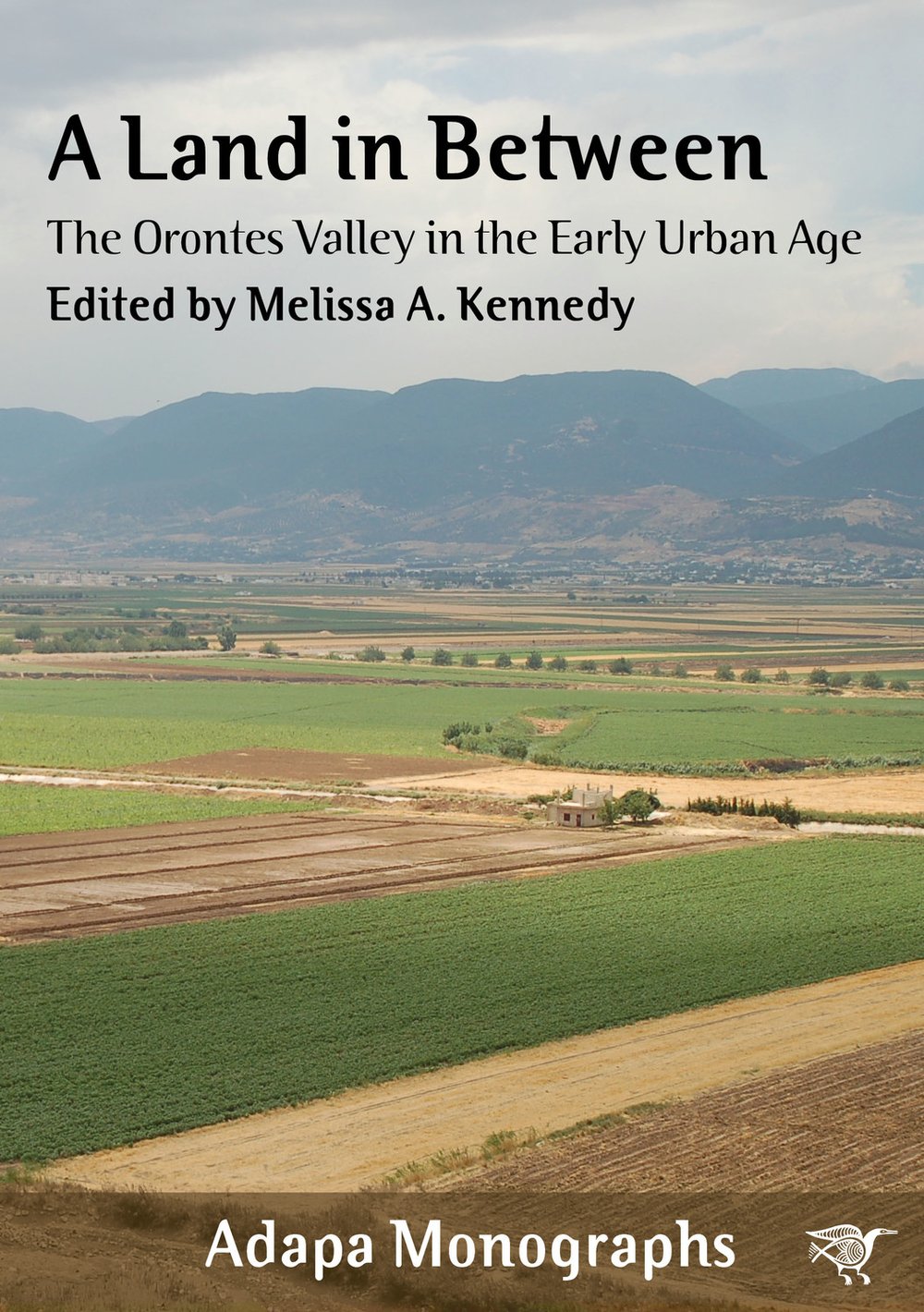The Gazelle’s Dream
Game Drives of the Old and New Worlds

Once the world’s prairies, grasslands, steppes and tundra teemed with massive herds of game: gazelle, wild ass, bison, caribou and antelope. Humans seeking to hunt these large fast-moving herds devised a range of specialised traps that share many characteristics across all continents. Typically consisting of guiding walls or lines of stones leading to an enclosure or trap, game drives were designed for a mass killing. Construction of the game drive, organisation of the hunt and processing of the carcass often required group co-operation and in many cases game drives have been linked to seasonal gatherings of otherwise scattered groups, who may have used these occasions not only to hunt, but also for social, ritual and economic activities.
The Gazelle’s Dream: Game Drives of the Old and New Worlds is the first comparative study of game drives, examining this mode of hunting across three continents and a broad range of periods. The book describes the hunting of bison in North America, reindeer in Scandinavia, antelope in Tibet and an extensive array of examples from the greater Middle East, from Egypt to Armenia. The Gazelle’s Dream will be of value to anyone with an interest in the history of hunting and wildlife management.

Alison Betts FSA, FAHA (University of Sydney) specialises in the archaeology of the lands along the Silk Roads: and the nomadic peoples of the Near East. Since 2012, she has been Professor of Silk Road Studies at the University of Sydney.
W. Paul van Pelt (University of Cambridge and McDonald Institute for Archaeological Research) focuses on the interplay between technology and culture, and the material and biological conditions that result from intercultural contact and colonialism, and the various ways in which these impact




